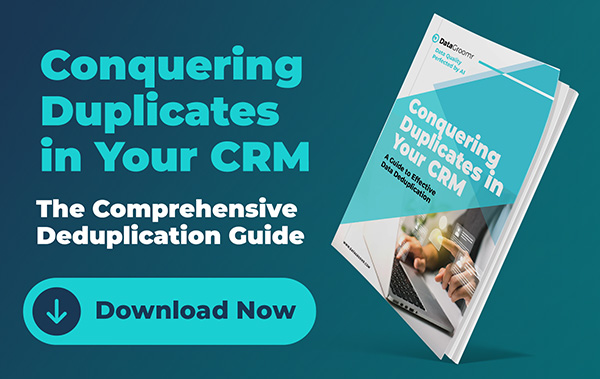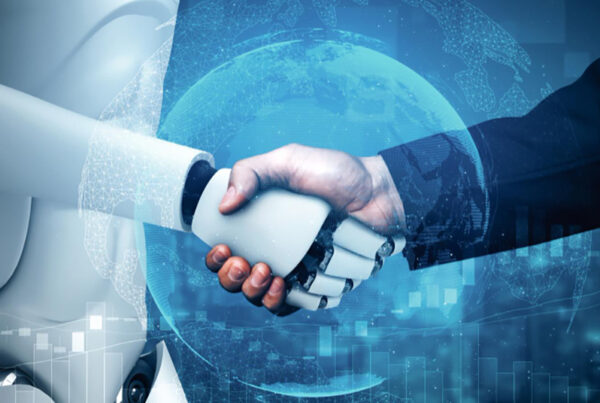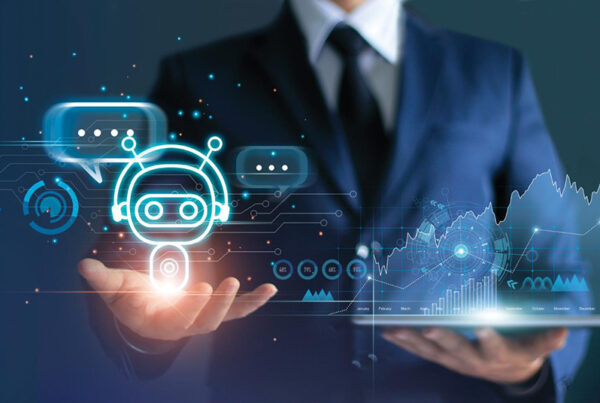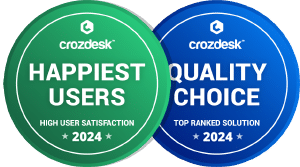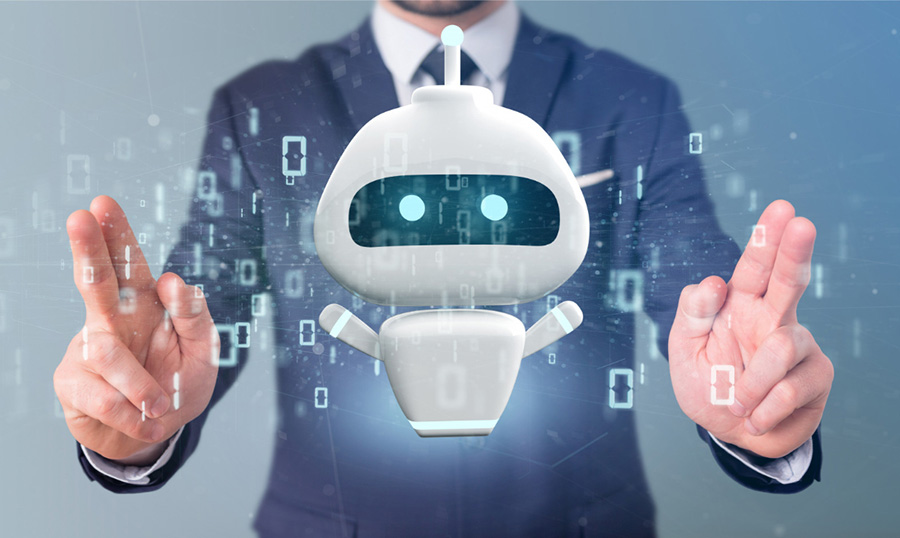
A New Era of Human–AI Collaboration
The role of artificial intelligence is shifting, perhaps even to a front-line role. This shift does not merely make AI stronger; it forms an easier and more natural collaboration between humans and intelligent systems. This evolution centers on three new concepts: Agent Experience (AX), BYOAI (Bring Your Own AI) and Personal Agents. Combined, they mark a transition of working with AI as a machine to help perform isolated tasks to collaborating with AI as a guiding decision-making, creative, and productive co-worker. These trends indicate a future where AI does more than just follow commands but instead, proactively serves needs, can run in multiple contexts, and work hand in hand with humans and other systems with ease.
Agent Experience (AX): Designing for Trust and Effectiveness
While User Interface (UI) focuses on making software interfaces as intuitive as possible, Agent Experience (AX) aims to make real-life intelligent agents easy, reliable, and even enjoyable to interact with. There is a higher cost here: an agent isn’t merely an interface, but is a decision-maker, an implementer of actions, and in some cases a surrogate doing things on your behalf. An effective AX design will make agents context-aware, enabling them to understand the user’s objectives, history and the dynamics of the situation; proactive, able to present insights or solutions even before the user realizes they are needed; and transparent, explaining behind their suggestions or actions. Without these qualities, agents can be annoying “black boxes” endangering trust. For example, a good travel agent would not only book a flight, but also explain why it picked the time, offer alternative options, and note that it used your preference of aisle seats.
BYOAI: Bring Your Own AI into the Workplace
The BYOAI trend mirrors the BYOD (Bring Your Own Device) trend, which allows employees to use their laptops, tablets and smartphones in the workplace. In a BYOAIenvironment, workers introduce their own AI models, configs and toolchains into their workflows, often tailored to their local industry jargon, creative style or problem-solving approach. This personal AI could be trained elsewhere on years of personal note taking, carefully curated data sources, or specialized skill sets making it uniquely capable of performing a given job.
For example, a lawyer may onboard an AI that is already trained to read contracts in their preferred style, and a marketer may onboard an AI trained to produce copy in a tone aligned with their organization’s brand. The positives can be enormous including efficiency and enhanced creativity, but at the cost of major challenges. Security issues could occur if company data is accessed through personal AI instruments. Interoperability could be a challenge when various employees use various AIs which do not merge well. Compliance issues could arise with AI models trained on personal or external data dealing with sensitive corporate information. These problems need to be solved before BYOAI becomes the norm.
Personal Agents: Always-On, Context-Aware Partners
BYOAI is about personalization. Personal Agents go one step further: they are always-on, context-aware assistants that understand routines, goals, preferences, and even social style. A personal agent is not an app and chatbot only, but a constantly learning application/companion which can adapt to your constantly evolving goals, recall your history, and coordinate different aspects of your life. These agents not only get things done; they coordinate their execution.
Think of waking up and your personal agent has already reviewed your plan for the day, recognized a scheduling conflict, negotiated with AI in another company to rearrange the meeting, and drafted a brief summing up important information in your project board. Then it creates a list of what the new meeting should cover and sends out an email to attendees with an agenda. When you finally get to your desk, your work for the day is already determined. Personal agents will continue to gain a more and more subtle idea of not only what you do, but how you would like things done, just like a “right hand”, human executive assistant.
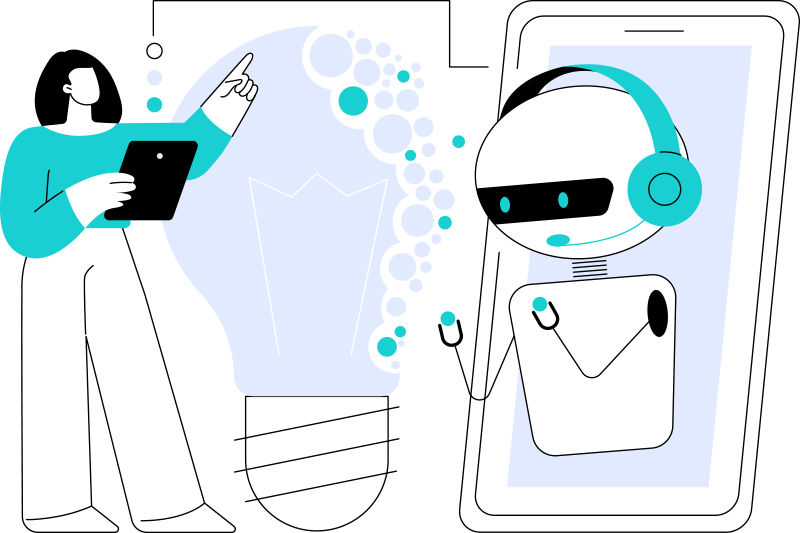
Data Quality: The Foundation of Effective AI
All three of these trends – AX, BYOAI, and Personal Agents – are unable to achieve their full potential without good data. The quality of intelligent agents depends on the information they are built on and the real-time information data flows they tap. Low quality data may result in wrong advice, distrust and inefficiencies. That personalized travel agent will fail if it is based on the old timetables of flights or incorrect personal preferences. The BYOAI legal assistant might generate a disparaging contract outlook if the case recordings input into its system is broken or incomplete.
Not only accuracy, but also consistency, relevance, and timeliness of data are critical. Strong data governance, well defined sourcing practices, and ongoing validation processes are needed. The closer AI is integrated into workflows, the more companies will need robust data pipelines and feedback loops to keep the data information agents rely on fresh and reliable. Often, enhancing data quality will improve the AI’s effectiveness more than improving the model.
The Power of Convergence
The combination of Agent Experience, BYOAI, and Personal Agents form a new human-AI ecosystem. A considerate Agent Experience makes users feel secure in assigning difficult tasks. BYOAI gives them the capability to select or create their own agents that fit their work flows, values, and style. Personal Agents become more intelligent, more customized and more trustworthy after each interaction.
The outcome is that intelligent agents are not programmed to merely follow commands; they are strategic partners. For example, an agent working with the specialized creative AI operated by a design team, and the analytics AI operated by a marketing team may liaise with a product manager, avoiding a time-consuming set of meetings. This type of AI-toAI communication, facilitated through human supervision, would reduce administrative burdens and allow people to be able to think about deeper problems and use their creativity.
Looking Ahead
The emergence of AX, BYOAI, and Personal Agents transforms human and AI relationships to alliances rather than substitutions. Companies that adopt these trends early on will have a competitive edge in terms of efficiency, innovation, and talent retention. They will also have to make substantial investments to develop trust, security systems and policies where AI systems assist people in transparent, ethical and empowering manners. To people, this move provides an opportunity to make AI something very intimate, an agent who communicates with you in your voice, pursues what you want, and does it in a skillful but considerate manner. Our future workplace is no longer going to be a purely human place with tools assisting it and neither will it be a world of human-AI tandems; it will be an ecosystem that works together towards mutual success.
FAQ
Agent Experience (AX) is the design of human-agent interaction – the interaction of intelligent agents or AI systems capable of making decisions, acting independently and cooperating with humans. Effective AX involves making agents context-aware, transparent, proactive and user-goal aligned. It is important since increased responsibility requires trust and clarity on the part of the agents. A poor AX can cause individuals to become frustrated or unwilling to trust AI and reduce its utility.
BYOAI gives employees flexibility to use their favorite AI tools, models, or settings in their workplace similar to what BYOD (Bring Your Own Device) policies gave them with their personal devices. This trend facilitates personalization–employees may useAI customized to their personal preferences or to their business, but it can also introduce data security, interoperability, and compliance issues. BYOAI requires a way of balancing flexibility with governance to make it safe and effective: the policies required.
Personal Agents rely on reliable, adequate and frequent information. Low-quality information may cause mistakes, incorrect recommendations, or even distrust of AI. As an example, a scheduling agent using out-of-date calendar entries will make poor decisions. High-quality data ensures that agents can adapt, personalize their assistance, and act reliably across different contexts. Often, an increase in data quality can result in value greater than the increase in a newer AI iteration.

